Advertising is the greatest art form of the 20th century
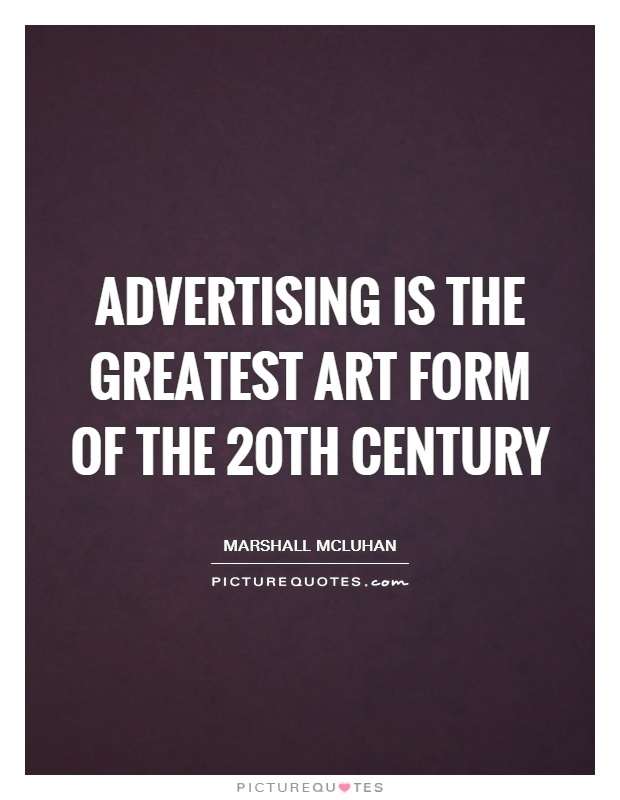
Art QuotesAdvertising Quotes20th Century QuotesArt Form QuotesThe Great QuotesMarshall McLuhan Quotes
Advertising is the greatest art form of the 20th century
Marshall McLuhan, a renowned media theorist, famously stated that "advertising is the greatest art form of the 20th century." This bold statement may seem surprising at first, as advertising is often viewed as a commercial tool used to sell products and services. However, when viewed through the lens of McLuhan's theories on media and communication, it becomes clear why he believed advertising to be a powerful and influential art form.McLuhan's central thesis was that the medium through which a message is conveyed is just as important as the message itself. He argued that different media have the power to shape our perceptions, behaviors, and interactions with the world around us. In this context, advertising can be seen as a medium that has a profound impact on society and culture.
Advertising is not just about selling products; it is about creating and shaping desires, values, and identities. Advertisements are carefully crafted to appeal to our emotions, aspirations, and insecurities. They use visual and verbal language to create narratives that resonate with consumers on a deep, subconscious level. In this sense, advertising can be seen as a form of storytelling, with brands as the protagonists and consumers as the audience.
Furthermore, McLuhan believed that advertising played a crucial role in shaping the global village, a concept he introduced to describe the interconnectedness of the world through electronic media. Advertising, with its ability to reach mass audiences across different cultures and geographies, has the power to shape a shared global consciousness. Through advertising, brands can communicate universal values and ideas that transcend borders and languages.
In addition, McLuhan argued that advertising was a reflection of the cultural values and norms of a society. Advertisements often mirror the social, political, and economic trends of the time in which they were created. By analyzing advertisements, we can gain insights into the values, beliefs, and anxieties of a particular era.

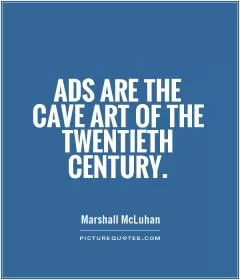


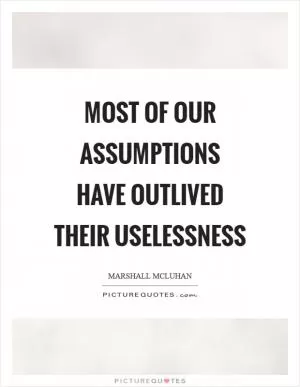
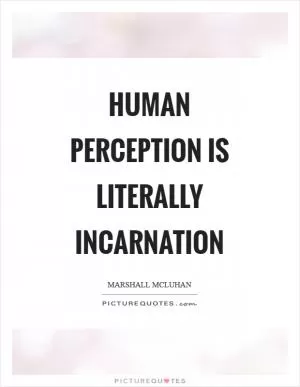


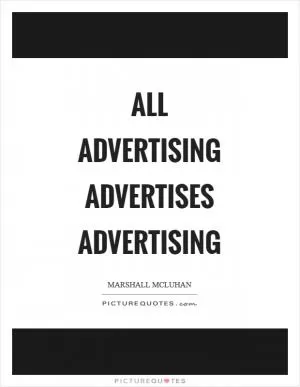


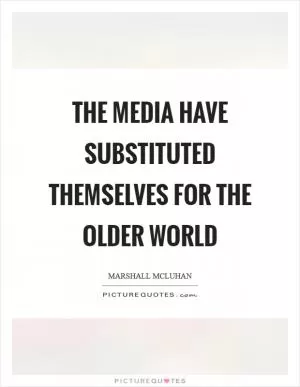
 Friendship Quotes
Friendship Quotes Love Quotes
Love Quotes Life Quotes
Life Quotes Funny Quotes
Funny Quotes Motivational Quotes
Motivational Quotes Inspirational Quotes
Inspirational Quotes